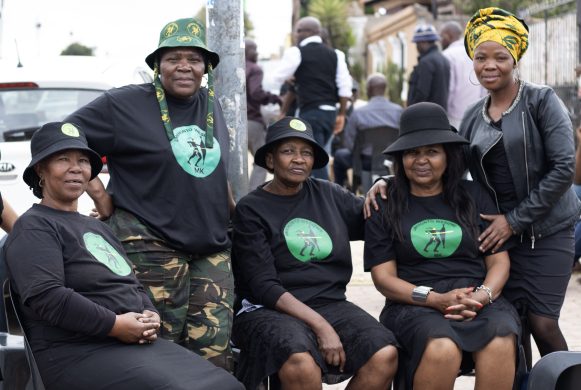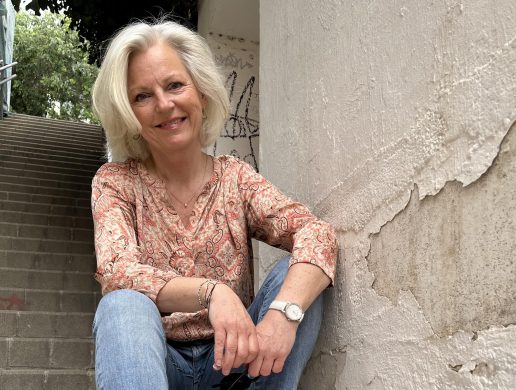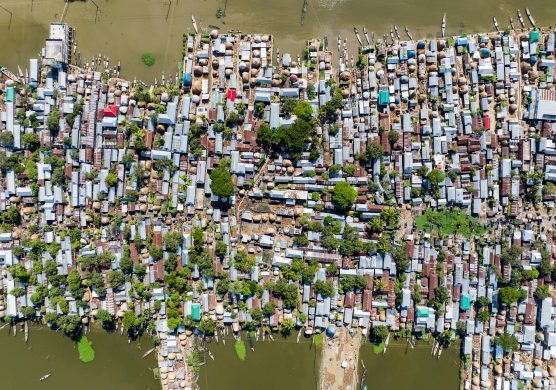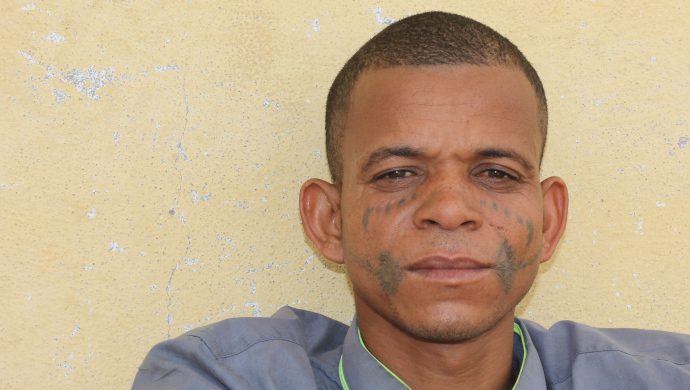Verden er så anderledes fra 1992, da Kyoto-aftalen om CO2-begrænsning kom i hus, at den gamle opdeling mellem de rige lande i Nord og de fattige i Syd blev lagt i graven under klimakonferencen i Lima i lyset af de mange rige fremstormende (og CO2-udledende) u-landsøkonomier.
Some sacred cows needed to be sacrificed during COP 20 (FNs klimakonference) in Peru.
Prime among them was dividing the world into rich and poor (Annex 1 and Non-Annex 1, in UN jargon). The richer countries would take on carbon-cutting commitments – the poorer ones would not, writes BBC online in an analysis Saturday.
In Lima, that old fashioned view of the world was consigned to history, though not without a desperate struggle.
Developing countries resolutely fought to keep this sense of differentiation firmly in the text. It seemed to them that poor African countries and small island states were being corralled into making the same level of commitment on climate change as the big boys.
But when you have a situation where countries like Singapore, with a gross domestic product per capita larger than Germany, are still classed as a Non-Annex 1 (“poor”) country, you can see why there were calls for reform.
So there is no mention of Annex 1 parties anywhere in the document. To make it clear there are different strokes for different folks, the text reiterates the importance of “common but differentiated responsibilities”, or CBDR in the jargon.
But it adds an important rider: “in light of different national circumstances.”
Both China and the US supported this addition. Essentially it means there will be no fixed positions anymore. Countries can and do develop, and with that development will come a different level of commitment on climate change.
According to the executive secretary of the UN Framework Convention on Climate Change, Christiana Figueres, this was extremely significant.
“There are three pieces of that concept,” she said. “One is the historical responsibility, which is undeniable, of industrialised countries; next is the respective capacities and capabilities of countries, which are an ongoing process; and the third part is actually the national circumstances.
“From a political and operational point of view it is a very important breakthrough that actually opens the way towards a Paris agreement.”
The historic distinction between rich and poor countries was abandoned. This change was painful for some but it had to happen, said Liz Gallaher, from the think tank E3G.
“What we have had in the past is this north-south divide, and what this text does is to break that up, it is much more fluid,” she added.
“There is lot of sense of differentiation, how do you apportion responsibility between countries rather than this north versus south which is great.”
The ghosts of Copenhagen are everywhere in this talks process. One of the reasons Lima has been so important is that it got everyone to say what they will do, before they arrive in the French capital next year.
That hopefully overcomes one of the key problems that saw efforts founder in Denmark five years ago, BBC notes.
Se også telegrammet
http://www.u-landsnyt.dk/nyhed/14-12-14/cop-20-enighed-om-tynd-aftale-ved-klimaforhandling














